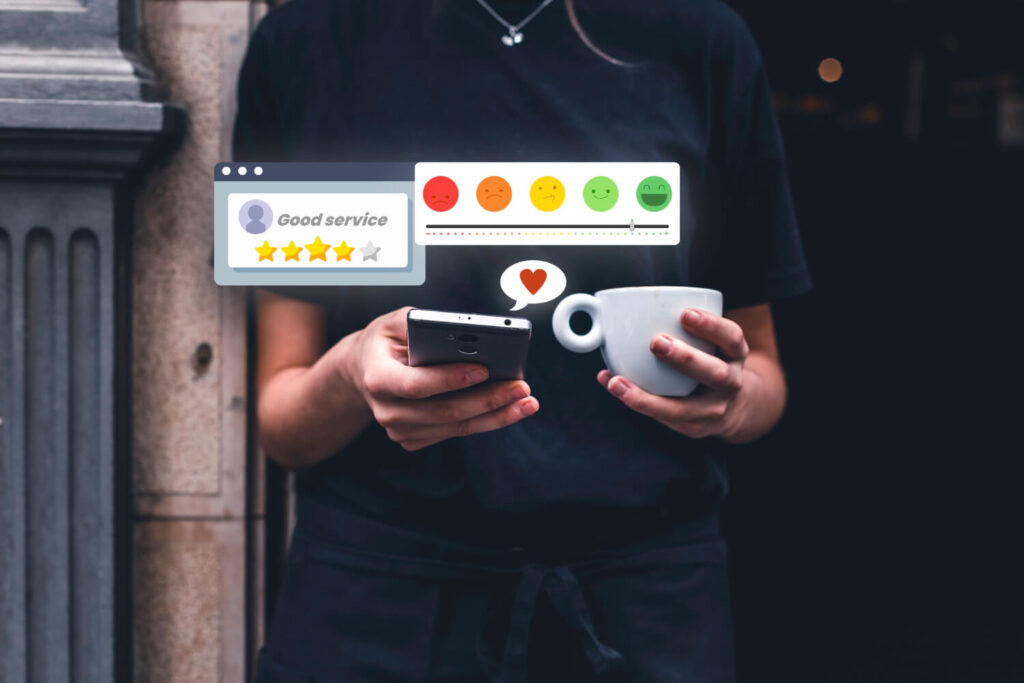The Role of Personalization in Modern Marketing

In today’s competitive digital landscape, personalization has become a cornerstone of effective marketing. Customers expect tailored experiences that cater to their unique needs and preferences, and businesses that deliver these experiences gain a significant edge. At ViewRanking Digital Marketing Agency, we help businesses harness the power of personalization to build stronger connections with their audiences and drive conversions. Here’s why personalization matters and how to implement it successfully.
What is Personalization in Marketing?
Personalization in marketing involves tailoring content, messages, and experiences to individual customers based on their preferences, behaviors, and demographics. It shifts the focus from generic messaging to targeted communication that resonates with the audience.
Why Personalization Matters
1. Enhances Customer Experience

Personalized experiences make customers feel valued, leading to higher satisfaction and loyalty.
2. Increases Engagement
Content that speaks directly to a customer’s needs and interests captures their attention and encourages interaction.
3. Boosts Conversions
Personalized offers and recommendations align with customer intent, increasing the likelihood of purchase.
4. Builds Brand Loyalty
Customers are more likely to remain loyal to brands that understand and address their unique preferences.
5. Improves ROI
Tailored marketing strategies lead to better results, maximizing the return on investment for campaigns.
Levels of Personalization
1. Basic Personalization
- Using the customer’s name in emails.
- Sending birthday messages or anniversary discounts.
2. Segmentation-Based Personalization
- Grouping customers by demographics, location, or purchase history.
- Tailoring messages for each segment.
3. Advanced Personalization
- Real-time recommendations based on browsing behavior.
- Dynamic website content that adapts to user preferences.
Strategies for Implementing Personalization
1. Collect and Analyze Data
Gather data on customer behavior, preferences, and demographics from various sources.
Tools to Use:
- CRM systems for customer insights.
- Google Analytics for website behavior tracking.
- Social media analytics for audience preferences.
2. Segment Your Audience
Divide your audience into segments based on shared characteristics.
Segmentation Criteria:
- Purchase behavior.
- Geographic location.
- Interests and preferences.
3. Use Dynamic Content
Dynamic content adapts in real-time to provide a customized experience for each user.
Examples:
- Product recommendations based on browsing history.
- Personalized email subject lines and body content.
4. Leverage AI and Machine Learning

AI-driven tools can analyze vast amounts of data to deliver personalized recommendations and experiences.
Examples:
- Chatbots that provide tailored responses.
- Predictive analytics for customer behavior.
5. Personalize Across Channels
Ensure consistent personalization across all touchpoints, including:
- Email marketing.
- Social media.
- Website content.
- Mobile apps.
6. Test and Optimize
Regularly test personalized campaigns to identify what resonates most with your audience.
What to Test:
- Different messaging styles.
- Personalized offers vs. generic promotions.
- Placement of personalized content on your website.
Examples of Successful Personalization
1. Netflix
Netflix uses advanced algorithms to recommend shows and movies based on user viewing history.
2. Amazon
Amazon’s product recommendations are tailored to browsing and purchase behavior, driving significant upselling and cross-selling.
3. Spotify
Spotify curates personalized playlists like “Discover Weekly” based on listening habits.
Measuring the Impact of Personalization
Track these metrics to assess the success of your personalization efforts:
- Conversion Rates: Percentage of users who complete desired actions.
- Customer Retention Rates: Measure how well personalization fosters loyalty.
- Engagement Metrics: Monitor click-through rates, time spent on site, and social media interactions.
- Customer Lifetime Value (CLV): Assess how personalization impacts long-term revenue.
Common Mistakes to Avoid
- Over-Personalization: Too much personalization can feel invasive or creepy.
- Ignoring Data Accuracy: Ensure the data you use is accurate and up-to-date.
- Inconsistent Messaging: Maintain consistent personalization across all channels.
- Neglecting Privacy Concerns: Be transparent about how you collect and use customer data.
Why Choose ViewRanking Digital Marketing Agency?
At ViewRanking Digital Marketing Agency, we provide end-to-end personalization solutions:
- Data Collection and Analysis: Gain deep insights into customer behavior.
- Custom Segmentation: Develop audience segments for targeted campaigns.
- Dynamic Content Creation: Implement real-time personalization strategies.
- Performance Tracking: Measure and optimize personalization efforts for continuous improvement.
Final Thoughts
Personalization is no longer a luxury in modern marketing—it’s a necessity. By delivering tailored experiences that resonate with your audience, you can build trust, enhance engagement, and drive conversions. Partnering with ViewRanking Digital Marketing Agency ensures your personalization strategies are effective, ethical, and impactful.
Ready to revolutionize your marketing with personalization? Contact ViewRanking Digital Marketing Agency today, and let’s create experiences your customers will love!


